Every year, when I house the beef cattle I pen them in groups of similar weights. I do this to try and ensure that I can empty the pens in full when they are ready for the factory. If possible, I like to clear the pen in one go rather than having it spread over a couple of weeks.
I have tried to refine this by considering the previous few weighings, so that I can adjust for different performances during the finishing period. But no matter how much I try, I still can’t get it right.
This year the difference in performance has been stark. Some have been gaining over 2kg/day, while others are struggling to gain 1kg/day. This can soon build up to a big difference in overall weight.
In one particular pen there was only 40kg difference in weight across the animals at housing, but now that figure is 120kg. So what is the reason? Is it due to food conversion efficiency?
There is some work done on this, especially in the Stabiliser breed, which is highly commendable and something that needs to be developed in other breeds. But it’s a difficult thing to do.
A lot of the research on food conversion is done for a fully indoor system, and quite often when feeding an intensive diet. That’s not always typical of farming reality. Also it’s generally carried out on pure breeds, but most of us work with crossbreed cattle, so there is a lot more variability.
As a result, it looks like any progress on this is going to be slow, but progress will come eventually. In the meantime, we will have to make the best of what we have.
Missing ingredient
I have spent time looking at these pens of cattle to see if there was something that I was missing. The one thing that I did notice was that some of the cattle are definitely better feeders than others.
You have some cattle that would just push the meal around without eating very much, while others eat like a hungry wolf.
So my initial findings would suggest there is a big difference in the amount that each animal eats.
I had the feeling that I was onto something, so I watched more to see if there was a trend.
As it turned out there was a correlation between the feed intake and weight gain. The best feeders were putting on the most weight, and the poor feeders were the poor performers.
There was nothing scientific about my little experiment. It was solely based on what I could see happening in front of me.
I decided to watch other cattle, this time out in the field, and see if the trend was repeated with other groups of stock.
In the field
I noticed it again with some cows. The big fat cows were always eating, while the smaller, thinner cows spent more time wandering about. It was plain to see that the bigger cows take bigger bites and eat more quickly, while the smaller cows were just nibbling at the grass.
Presumably it is because these larger cows have bigger stomachs to fill.
If you talk to progressive dairy farmers, they will tell you that they need cows with big stomachs. They need to get a lot of food in, to get a lot of milk out.
Of course, this on its own won’t make their food conversion any better. But it is also the case that if you don’t get the food in then it is harder to get the weight gain you are looking for.
Maybe this would be a good starting point for those trying to breed faster-growing and faster-finishing cattle – breed them with bigger stomachs first.
Read more
Farmer Writes: is the future black and white?
Farmer Writes: time running out for crazy beef bullocks
Every year, when I house the beef cattle I pen them in groups of similar weights. I do this to try and ensure that I can empty the pens in full when they are ready for the factory. If possible, I like to clear the pen in one go rather than having it spread over a couple of weeks.
I have tried to refine this by considering the previous few weighings, so that I can adjust for different performances during the finishing period. But no matter how much I try, I still can’t get it right.
This year the difference in performance has been stark. Some have been gaining over 2kg/day, while others are struggling to gain 1kg/day. This can soon build up to a big difference in overall weight.
In one particular pen there was only 40kg difference in weight across the animals at housing, but now that figure is 120kg. So what is the reason? Is it due to food conversion efficiency?
There is some work done on this, especially in the Stabiliser breed, which is highly commendable and something that needs to be developed in other breeds. But it’s a difficult thing to do.
A lot of the research on food conversion is done for a fully indoor system, and quite often when feeding an intensive diet. That’s not always typical of farming reality. Also it’s generally carried out on pure breeds, but most of us work with crossbreed cattle, so there is a lot more variability.
As a result, it looks like any progress on this is going to be slow, but progress will come eventually. In the meantime, we will have to make the best of what we have.
Missing ingredient
I have spent time looking at these pens of cattle to see if there was something that I was missing. The one thing that I did notice was that some of the cattle are definitely better feeders than others.
You have some cattle that would just push the meal around without eating very much, while others eat like a hungry wolf.
So my initial findings would suggest there is a big difference in the amount that each animal eats.
I had the feeling that I was onto something, so I watched more to see if there was a trend.
As it turned out there was a correlation between the feed intake and weight gain. The best feeders were putting on the most weight, and the poor feeders were the poor performers.
There was nothing scientific about my little experiment. It was solely based on what I could see happening in front of me.
I decided to watch other cattle, this time out in the field, and see if the trend was repeated with other groups of stock.
In the field
I noticed it again with some cows. The big fat cows were always eating, while the smaller, thinner cows spent more time wandering about. It was plain to see that the bigger cows take bigger bites and eat more quickly, while the smaller cows were just nibbling at the grass.
Presumably it is because these larger cows have bigger stomachs to fill.
If you talk to progressive dairy farmers, they will tell you that they need cows with big stomachs. They need to get a lot of food in, to get a lot of milk out.
Of course, this on its own won’t make their food conversion any better. But it is also the case that if you don’t get the food in then it is harder to get the weight gain you are looking for.
Maybe this would be a good starting point for those trying to breed faster-growing and faster-finishing cattle – breed them with bigger stomachs first.
Read more
Farmer Writes: is the future black and white?
Farmer Writes: time running out for crazy beef bullocks



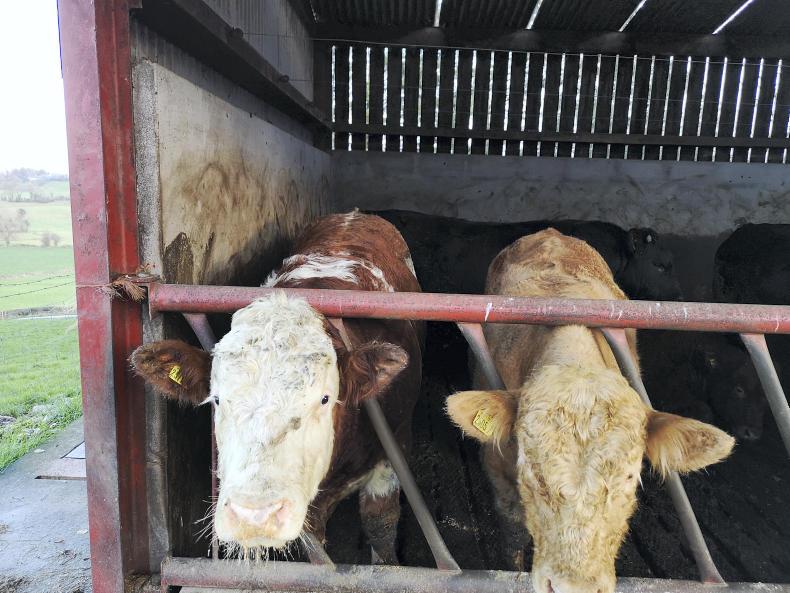

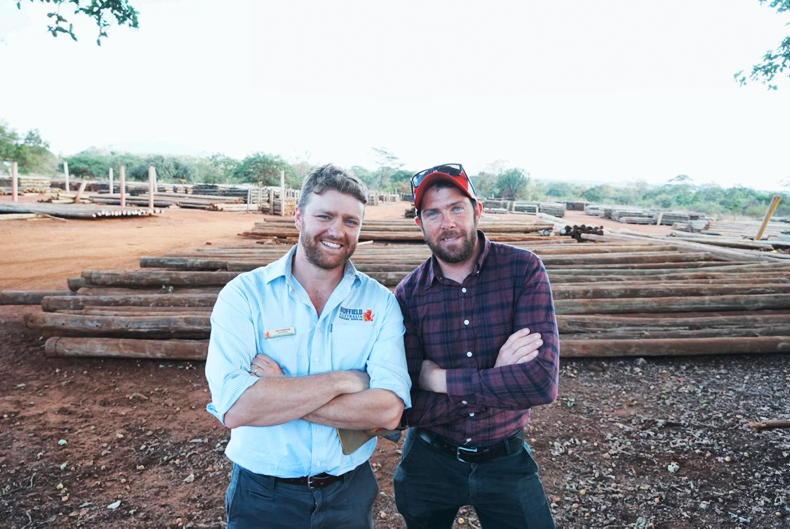

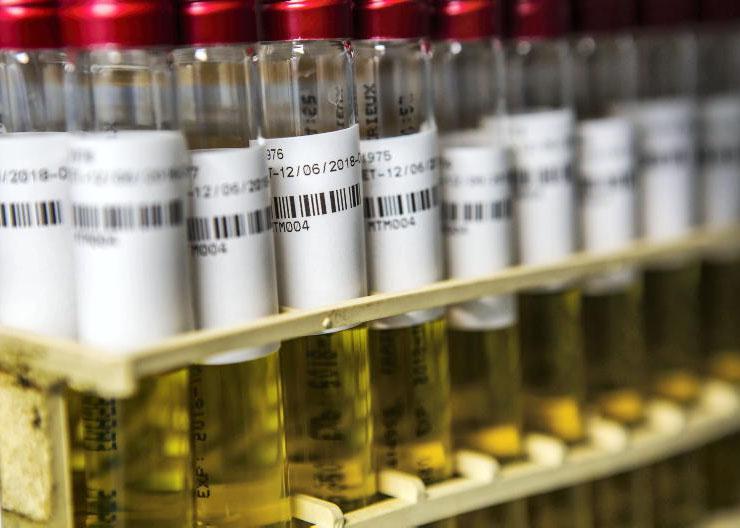
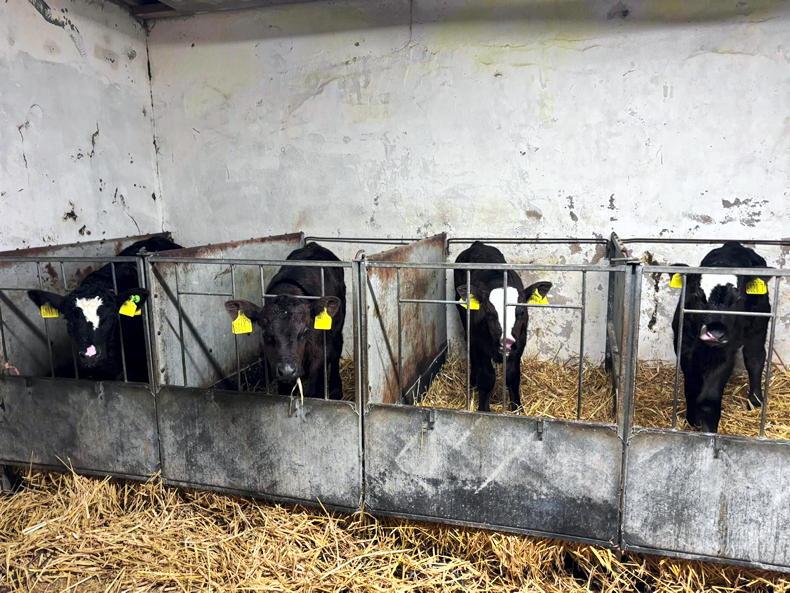
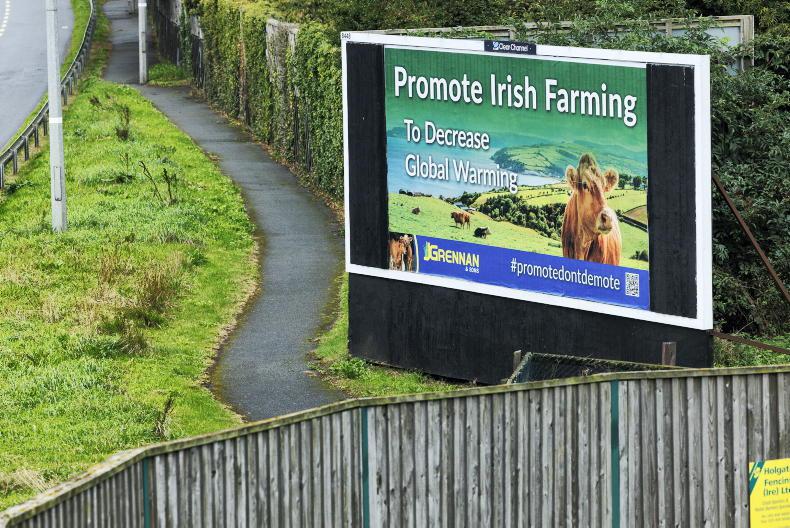
SHARING OPTIONS